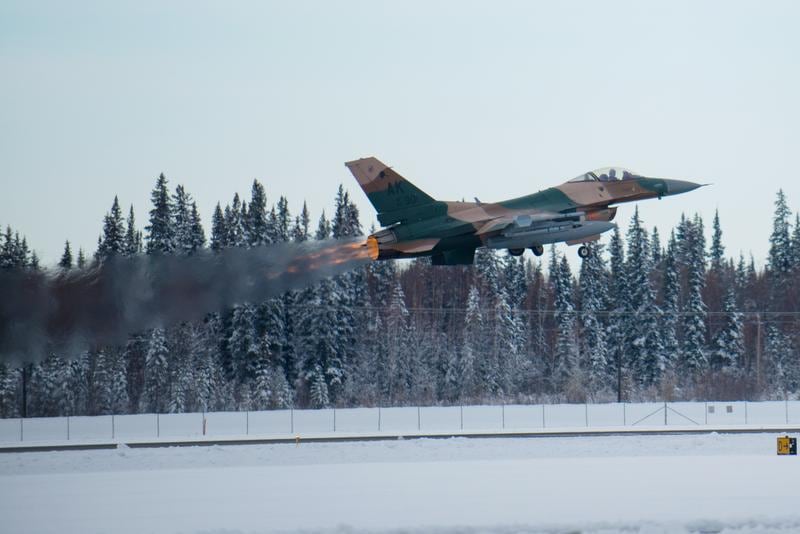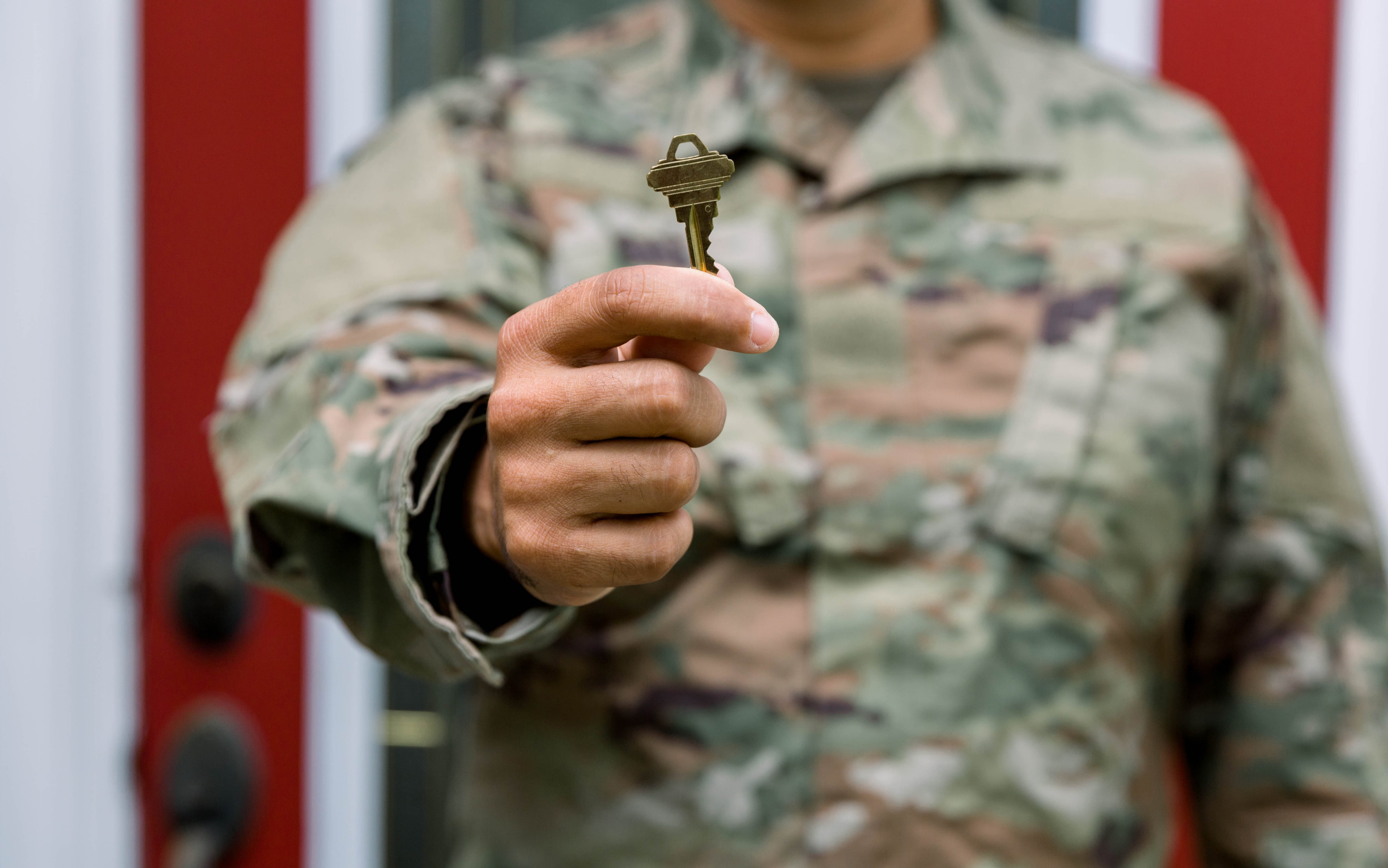Assault packs have come a long way from the ubiquitous A-III style 3-Day Assault Pack. Military lore would tell you the A-III style was first designed in the 1980's for use by naval welders to carry their tools in and out of the bowels of half-built ships in southern Virginia. Operators of the day saw the bag, recognized its utility and adopted it.
Advances in material and design have lead to a crop of new packs that will more than take care of you for a day or two in the field. These new designs offer advances in integrated hydration systems, ergonomic design, and highly engineered fabrics and frame materials. We chose 17 packs that represent some of these advances, threw them in a pick-up truck and drove a few hours to an undisclosed military installation so we could get feedback straight from the line.
Hit the jump for the GearScout primer on assault packs.
more
Before we get to the packs, here is a primer to get you thinking about what separates a pack you need from a pack you don't. The average for the group of packs we reviewed was a volume of 2200 cubic inches, 5 pounds and $230. It's important to note that while some packs have a great set of features or come in at the perfect price, none of the packs we chose to review are junk. Each is a great pack and will serve you well when chosen with the appropriate use in mind. We'll be posting the pack reviews with tester's comments and lots of photos over the course of the month.
The Test Group-
- Camelbak BFM 500, $200, 5.2 lbs, 3142 Cubes
- Eberlestock Half-Track, $229, 6.6 lbs, 3080 Cubes
- Tactical Tailor 3-Day Assault Plus, $218, 3.75 lbs, 2850 Cubes
- TAD Gear FastPack PS, $320, 5.2 lbs, 2800 Cubes
- Granite Tactical Gear Special Mission Patrol, $250 (street), 5.6 lbs, 2800 Cubes
- Gerber Grasp 150, $350 MSPR, 6.7 lbs, 2760 Cubes
- Camelbak Motherload 500, $175, 4.6 lbs, 2592 CI,
- Granite Tactical Gear Special Mission Assault, $200 (street), 4.5 lbs, 2400 Cubes
- Camelbak Tri-Zip, $200 (Street), 4.9 lbs, 2318 Cube
- Granite Tactical Gear Special Mission Raid, $190, 3lbs, 2200 CI
- Mystery Ranch 3-Day Assault Pack, $265, 5.1 lbs, 2000 Cubes
- London Bridge Trading - Enhanced 3 Day Assault Pack, $318 4.1 lbs 2000 Cubes
- Maxpedition Condor II, $130, 2.9 lbs, 1950 Cubes
- Blackhawk Stingray, $130 5.0 lbs, 1950 Cubes
- Kifaru XRay, $331, 4.2 lbs, 1800 Cubes
- Blue Force Gear DAP Pack, $150 MSRP, 1.5 lbs, 1500 Cubes
- TAG 3-Day Pack with PALS Webbing, $240, 4.0 lbs, 1482 Cubes
Fabric- The days of exclusive 1000d Cordura pack construction are numbered. Packmakers now have at their disposal packcloth options that range from stiff and tough 1000d to far more supple and lightweight 500d. The lighter material can be beefed up to heavy-duty standards with new abrasion resistant coatings and hybrid fabrics that weave different denier yarns together that can impart unique characteristics for specific applications.
A well designed pack will use fabrics efficiently. A pack built entirely from 1000d is going to be needlessly heavy and overbuilt. A pack that uses more durable fabrics in high abrasion areas, like the pack bottom, and lighter fabrics elsewhere, say for for internal dividers, indicates a thoughtful design.
Capacity- How much stuff are you going to carry? Are you going to be running into buildings from a vehicle or will you be out on a foot patrol? All these bags will hold an MRE or two, some water and a few spare mags. Looking at your own situation, you might appreciate bags that have options for easily lashing sleep gear to the outside.
Comfort and Adjustability- Assault packs are tweeners. They are designed to carry medium weight loads that don't demand a burly suspension system, but would be underserved by a simple frameless book bag. The range of support found in the test bags runs from shaped aluminum frame stays and semi rigid frame-sheets, up to composite frames with adjustable shoulder pad spacing and extendable yokes as found on the Granite Tactical Gear Special Mission Patrol and Mystery Ranch 3-Day Assault (and it's Camelbak TriZip clone) packs.
Body Armor Compatibility- High-speed features will be a small consolation if your pack rides awkwardly or rubs you raw on the trail. If you can try before you buy, do it. Borrow a friend's ruck. Few packs are really designed to work well with body armor, so look for wider strap spacing, wider straps with less padding and specific features like Mystery Ranch's Integrated Bolster System if you are going to be humping your bag with armor.
Accessibility- Look for lined compartments. Linings do more than make a pack look polished. They protect stitchwork from internal damage and light colored linings make finding gear shoved deep in a pocket a lot easier. Also look at any PALS grids and see if they are 1" or ¾" straps. Lots of companies are using ¾" webbing at 1" intervals to save a bit of weight without sacrificing the function of the PALS/MOLLE webbing. And lastly, look for bellowed or internally pleated accessory pockets so you can actually get to the gear you stash in flat and narrow spaces.
All the flexibility in the world won't be worth much when your 1st Sgt. is waking you up at o-dark-30 and you can't figure out which buckle goes where. If you want a smaller pack that offers room to grow with expansion pouches, make sure you spend time to get comfortable with the accessory system.
Findings- Findings is the term used to describe all the hardware that you use to adjust and manipulate the pack's compartments. Well known names that are stamped on the findings are YKK zippers, ITW Nexus or National Molding. These are trusted names and many of their products comply with military standards for not only durability, but also for things like IR reflectivity and color shade.
Water Resistance - Getting moisture out of the pack before it turns into a funk farm means leaving some breathabilty. To this end, most packs won't have sealed seams or waterproof coatings. This is where waterproof pack covers come it. Eberlestock's Half-Track comes with one, but all the packs we tested can be fitted with an aftermarket cover for around $20. Look for grommets to drain water trapped in the bag since hydration bladders have been known to leak once or twice.
Value- Generally, US made bags are going to cost more for a simpler design than can be found at a given price point when compared to an offshore bag. While US made is usually synonymous with quality, realize that some of the best and most experienced sew shops in the world are in Vietnam.





